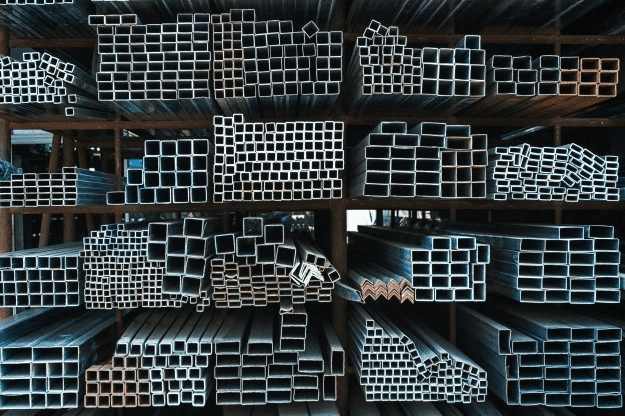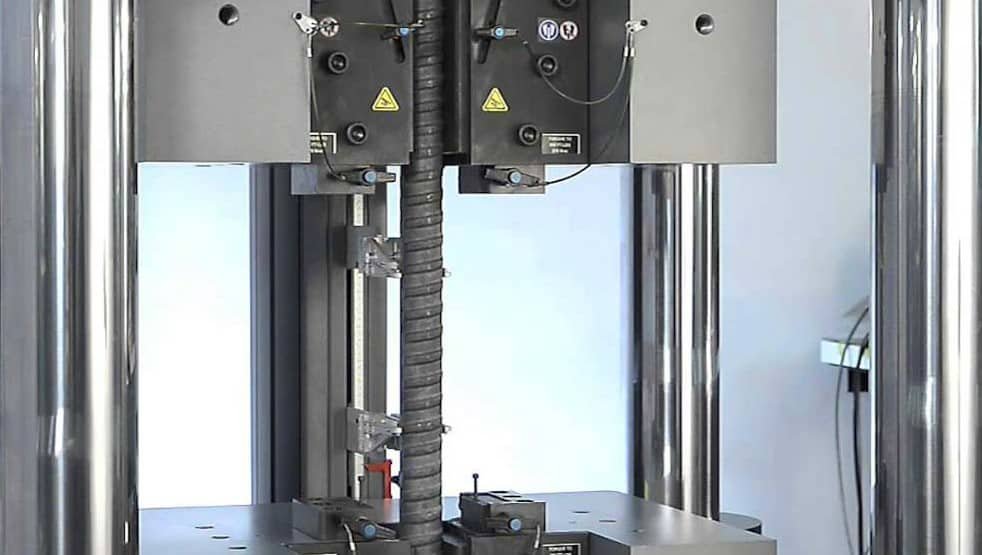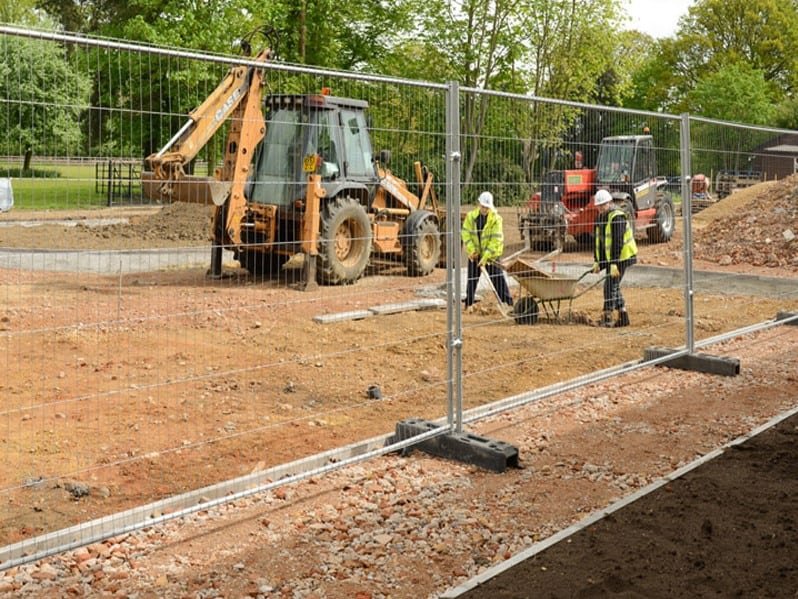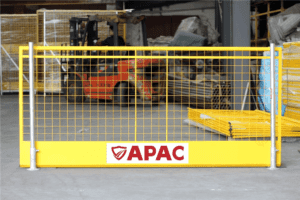Introduction
Steel is a common material used in construction, and there are different grades of steel available depending on the intended use. Two common grades of steel are Q235 and Q345. So what is the difference between these two grades? And which one should you choose for your project?
Read on to find out.
Update Note:
According to China’s national standard “Low-Alloy High-Strength Structural Steel” GB/T1591-2018, as of February 1, 2019, the Q345 steel grade has been replaced with Q355, which corresponds to the EU standard S355 steel grade.
The following text uses Q355 instead of Q345.
What are Q235 and Q355 steel?
First of all, steel is a type of metal alloy that is composed primarily of iron and carbon. It has many uses in the world, from cars to buildings. Steel is defined by its strength and hardness, which can vary depending on the composition of other elements it contains.
The most common types of steel are categorized by their carbon content:
Carbon steel (0.03% – 1.7% carbon)
– Low-carbon steel (less than 0.3% carbon)
– Medium-carbon steel (0.3% – 0.6% carbon)
– High-carbon steel (more than 0.6% to 1%)


- Q235
Q235 is a Chinese steel alloy, containing carbon, silicon, manganese, and trace amounts of other elements. It has a relatively low tensile strength and is used in construction applications where its strength is not required to be particularly high.
- Q355
Q355 Steel is a type of low-alloy steel, that is used in the manufacturing of bridges, buildings, and other structures. It has a yield strength of 355 MPa and tensile strength of 470-660 MPa.
Characteristics of Q235 and Q355 steel
- Characteristics of Q235 Steel:
- It has good plasticity and toughness;
- Good weldability and cold workability;
- Moderate corrosion resistance;
- Has certain wear resistance;
- Low cold hardenability, easy to weld cracking. Q355 steel is a low-alloy high-strength structural steel, which has good mechanical properties, low-temperature strength, good weldability, moderate cold bending property, and moderate toughness.


- Characteristics of Q355 Steel:
- High strength, good plasticity, and toughness;
- Welding performance is good, the weld has good welding properties
- Cold workability is good, cold plastic deformation of small
- Machinability is fair, but it is inferior to that of No. 20 carbon steel
- Corrosion resistance is not as good as that of stainless steel.
The difference between Q235 and Q355 steel
- Carbon Content
The difference between Q235 and Q355 steel is in the carbon content. The Q235 steel has a small amount of carbon content (0.3% to 0.4%), while the Q355 steel has a higher percentage (0.6% to 1%).
Q235 Steel: This type of steel is also known as “low-carbon” or “quality” grade steel and it is commonly used for structural purposes, such as I-beams or channel sections, where strength and ductility are required but weldability is not necessary.
- Yield Strength
The main difference between these two kinds of steel is their yield strength. Yield strength is a measure of how much stress a material can withstand before it begins to deform plastically (that is, permanently). The higher the yield strength, the more resistant the metal will be to permanent deformation under load.

Q235 has a yield strength of 235 MPa (38 ksi), while Q355 has a yield strength of 355 MPa (50 ksi).
Q235 is the weakest grade of steel and is the most common type used in the construction industry. It is typically used for beams or columns that are not exposed to large stresses or heavy loads.
Q355 is stronger than Q235 and can be used in situations where there are more extreme stresses or heavy loads. It is typically found in parts that require a higher level of safety such as beams, columns, or connections at a building’s base. High-strength steel has the highest level of strength and is usually reserved for critical areas such as connections between structural members and joints connecting to other components like walls.
Q355 steel is much stronger than Q235 grade steel but it costs more to produce because it requires more time to create the metal alloy. This type of steel can resist high amounts of stress or pressure before it breaks or bends which makes it ideal for structural purposes.
Therefore, Q355 steel is stronger than Q235 steel.

- Chemical Composition
Q235 and Q355 are the two most popular steel in China. Both of them are low alloy steel and widely used in construction, railway, shipbuilding, and other industries. The chemical composition of Q235 is as follows: C≤0.28%, Si≤1%, Mn≤1.65%, P≤0.045%, and S≤0.045%. The chemical composition of Q355 is as follows: C≤0.30%, Si≤1%, Mn≤1.65%, and P≤0.045%. The main difference between these two kinds of steel is that the first one contains less silicon, manganese, and phosphorus content than the second one.
Which One Should I Use for My Projects?
The two steels are similar in thickness and strength, but the Q355 steel is a bit more expensive.
Q235 is a common structural steel that can be used for residential or commercial construction. It has an ultimate tensile strength of 235,000 PSI and yield strength of 100,000 PSI. The Q355 steel has the same ultimate tensile strength as the Q235, but has a slightly higher yield strength at 110,000 PSI.
From a cost perspective, it’s worth noting that the difference in price between these two grades of steel is nominal — typically less than $100 per ton. You’ll find this material in many places around construction sites including the steel structure, scaffolding, edge protection barriers, and construction fence, etc.
Q355 is a steel alloy with a higher carbon content than Q235. This results in a higher tensile strength, making it ideal for applications where strength is required. It also has a lower melting point than other steels, making it suitable for welding and hot-forming applications. However, its properties also make it more susceptible to corrosion. As a result, it is typically only used in application where corrosion resistance is not a critical concern.
So when you choose materials, you need to consider the budget and the application scenario, of course, in addition to choosing one or the other, you can also choose a mixture of two materials to get the most cost-effective product.
Conclusion
In conclusion, Q235 and Q355 have their own advantages and disadvantages, and each has its own application fields. Therefore, it is necessary to carefully select the appropriate type of steel according to the actual situation.
You can directly contact our experts, we will give the most professional suggestions for you!











